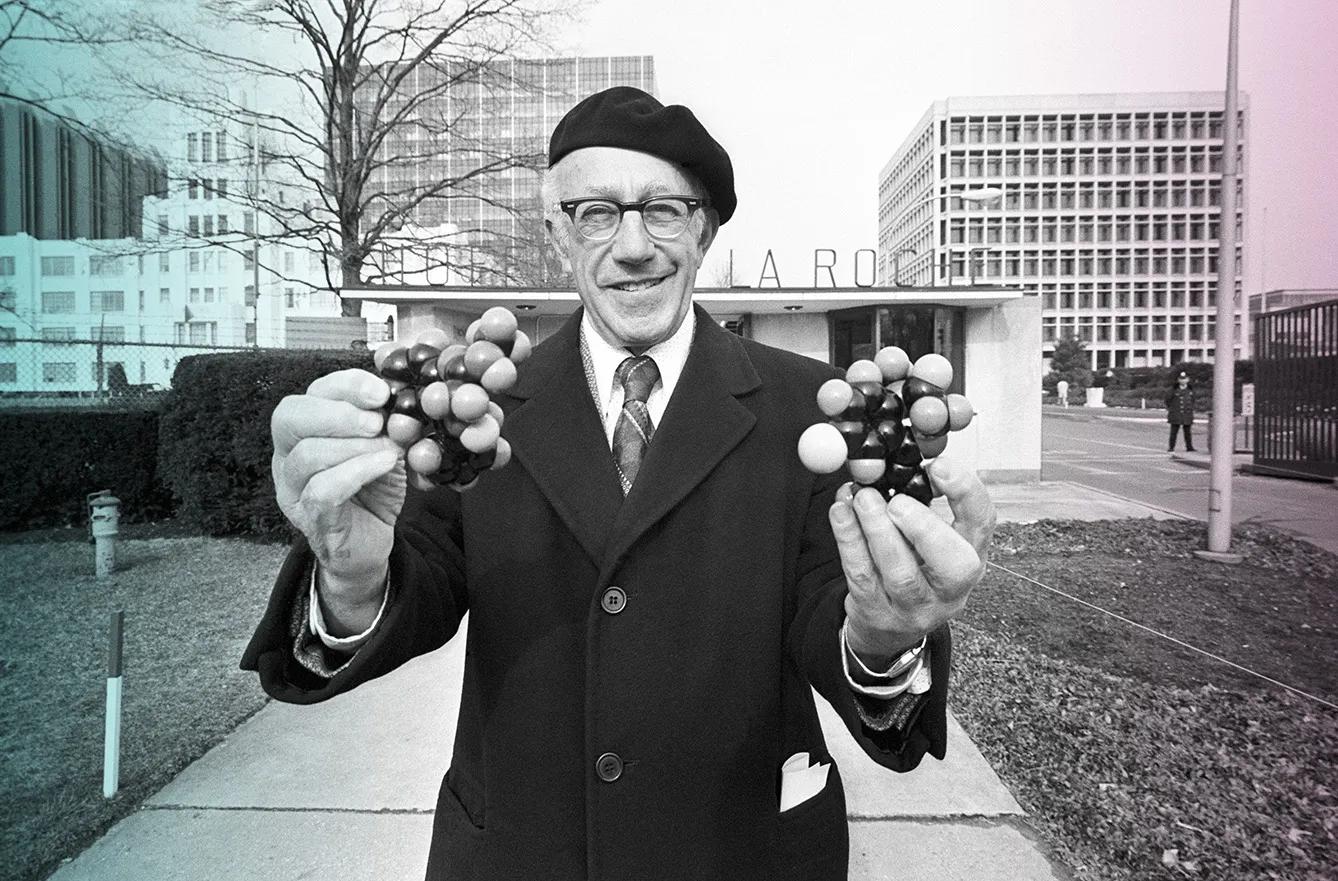Most people know that our mental sanity – if there is any – is maintained by one early 20th-century invention from Central Europe – namely, the Viennese invention of psychotherapy by Sigmund Freud and his successors. But one other part of science responsible for turning humanity from The Exorcist to One Few Over Cuckoo’s Nest is psychiatry – and its advancement is also rooted in Central Europe. This is thanks to Leo Sternbach, the scientist behind the family of drugs called benzodiazepines – commonly known as calming or sedating pills.
Leo Sternbach and his Central European peregrination
Typical for a Jewish scientist and survivor of World War Two, Sternbach’s roots are as complicated as can be in the time-space of rapidly moving borders. Wikipedia calls him Polish-American, as this is where he lived most of his life – or at least from 1943, when he reached America, aged 35, until his death in 2005, aged an impressive 97. But, as far as where benzodiazepines, shortened to benzos, were born, Leo’s path to the US was far longer.
Sternbach’s father, Abracham (spelling sic!), was born in Przemyśl – the now-Polish city in Eastern Galicia, then a part of the Austro-Hungarian Empire, or more precisely, the “Hungarian” part of Thransleitania. His mother, Piroska, was, in turn, from Orosháza, a city that remains Hungarian to this day. And they met in Opatija – Cisleithanian, the “Austrian” part of the Empire, which is now Croatia. And that is where Leo Sternbach was born.
After his school had closed, he moved with his parents to Graz, which to this day remains Austrian, to be able to continue his education in German, and he later moved to Bielitz, which now is Bielsko-Biała. The town was already Polish despite the strong German presence and argument over the area between Poland and Czechoslovakia, which is now Czechia and Slovakia. And as an eighteen-year-old, he moved to the then-Austro-Hungarian city of Cracow, then in 1936 to the indisputably Polish city of Galicia, whose territory is now divided between Poland and Ukraine. Phew!
The Cracow years and beyond
This was, for Leo Sternbach, a time for a settlement in Poland. In the early thirties, he already had a master’s in pharmacy and a doctorate in chemistry. As a bright scientist, he won a scholarship in Vienna and then in Zurich – where, luckily for him, he still was living when World War Two started. His family faced Jewish persecution – his mother survived, hidden by a Polish family, and his uncle, a professor in classical studies in Cracow, was killed during Sonderaktion Krakau – the planned execution of Polish intellectuals.
However, being in neutral Switzerland allowed Leo Sternbach the opportunity to escape to the US, where he had the opportunity to start experimenting with new drugs. And here we have them – benzodiazepines, with the most famous called diazepam, known under the commercial name Valium. The drug was immensely successful, with Valium being throughout the 1970s the most prescribed drug in America. As a cure for anxiety, alcohol withdrawal, and sleep disorders, they replaced barbiturates as a much safer alternative (though not eliminating safety issues.)
To a lesser but still remarkable extent were his other inventions in the field of medicine. He developed numerous other benzodiazepines, including clonazepam (Klonopin) – which also treats seizures, as well as anxiety attacks, and muscle and sleep disorders. Then there was Rohypnol – which not only cures severe insomnia but is used in anesthesia. Though this class of drugs is certainly not without danger as addictive substances, not to mention the fact that Rohypnol is also known as the “date rape drug,” benzodiazepines remain in fair use and have saved people from using much more addictive medications. Thanks to this, they spread worldwide, as spread across countries was their inventor’s life story.







